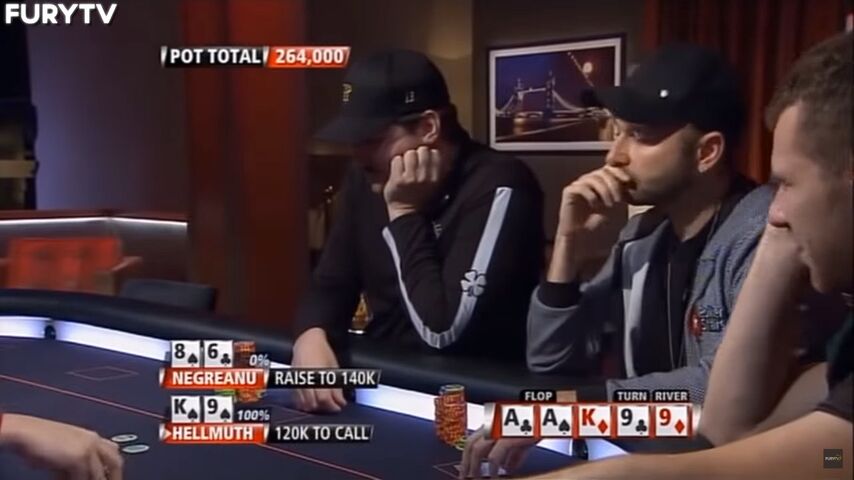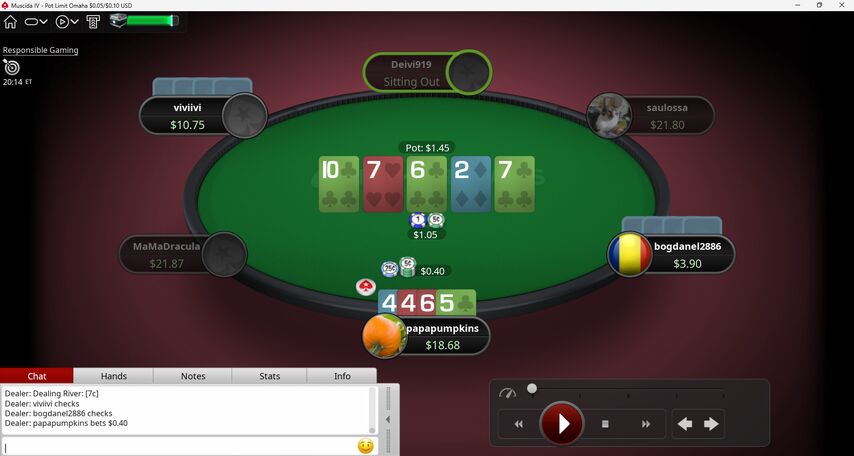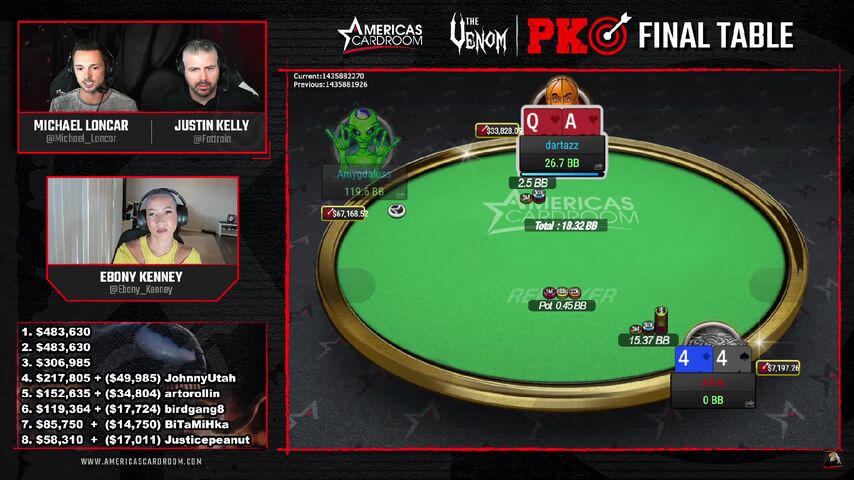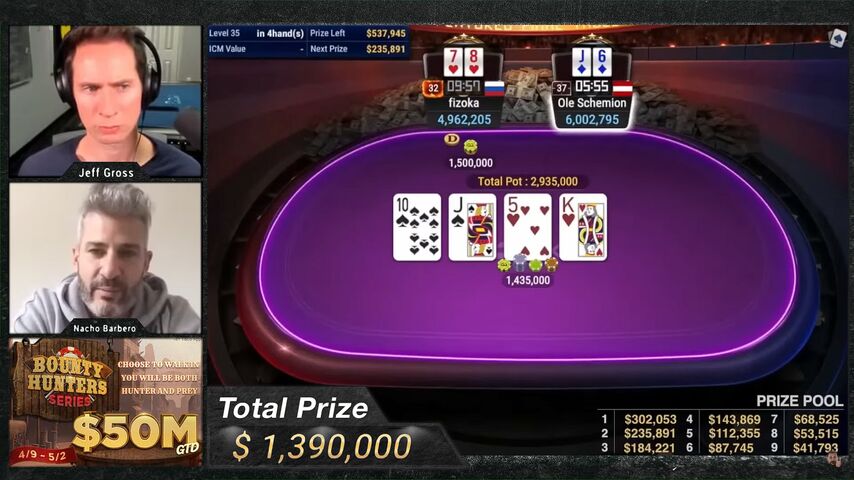A tight poker player is a tough opponent for a few reasons. They play fewer hands than other players and when they are in a hand, they try to have the strongest hand possible. They prefer the odds on their side and will play the best hands they can.
Being a tight player has advantages and disadvantages. Playing poker is about balancing strength and weakness, so being too tight means you aren’t bluffing enough. When players don’t bluff enough, experienced opponents can exploit it. That’s just one of the ways that being tight can work against you.
Tight players will also fold too often and lay down the best hand when facing pressure.
So here it is; a guide to playing tight poker (the right way), including a section on how to play against tight poker players.

Tight-Aggressive vs Tight-Passive
There are two main styles of tight poker; tight-aggressive and tight-passive.
Tight-aggressive players put money in the pot and won’t shy away when they feel they are ahead. Just like a tight-passive player, they prefer to enter the pot with strong hands, around the top of their range. This means, all of the premium starting hands like pocket pairs and broadway connectors (AK, KQ, KJ, JQ, etc).
Tight-passive is one of the worst styles of poker you can adopt. A tight-passive player will lose value in a variety of scenarios and make safe decisions, rather than profitable ones. For example, they will fold too often and donate their blinds to other players. They’ll fold hands preflop that they should be playing, and when players show aggression, they’ll usually make incorrect folds.
At the lowest stakes of online poker, players tend to be a mix of tight-passive and loose. That’s because, a lot of players understand that they need the best chances of winning, but don’t understand how to balance themselves with bluffing.
Sites like PokerStars and 888poker are full of these kinds of players. Cash games with stakes between $0.01/$0.02 and $0.25/$0.50 have a lot of tight-passive players. We’ll talk more later about how to exploit their tight style of poker with raises and 3-bets.

You can sign up on PokerStars and play for free to test their software, then collect a $30 Freeplay and matched deposit when you’re ready to hit the real money tables. They’ve got enough tournaments, cash games, and sit & go’s to keep any poker player busy.
Here’s How Playing Tight Poker Can Backfire
Playing tight poker can backfire because your opponents avoid your strong hands and make you fold too often, even when you have better cards than them.
When a player only invests money in premium hands, it makes them very predictable. Players who are too tight limit themselves to a narrow range of starting hands, like pocket pairs, and strong broadway cards.
- Increased first deposit bonus
- Increased rakeback and reloads
- Help with deposits and cashouts
- Access to private freerolls
- Round-the-clock support
Poker was a much tighter game in the early days; just watch a game of televised poker around 2006-2010 to see for yourself (Poker After Dark, High Stakes Poker). Move your chips in when you have a strong hand, otherwise, don’t take too many risks. That’s the way that many players approached poker back then, but things have changed.
Humans are very good at adapting. It was inevitable that poker players would start to exploit this tight style of poker by bluffing more often. Nowadays, you have to be balanced to succeed in online poker. If you aren’t mixing mid-strength hands and bluffs into your poker strategy, you’ll be losing value to experienced players.
If you want to experiment and loosen up your strategy to play more balanced, it’s good to start at low stakes in a poker room like America’s Cardroom. Choosing a site like ACR will put you up against a player base of mostly tight-passive players and loose-passive players at lower stakes. The site has very high traffic at the Texas hold ‘em and Omaha cash game tables, plus a tournament lineup with lots of low and mid-sized entry fees.

Our full America’s Cardroom review has more details about the tournament line-up, the 100% matched deposit bonus, rake, and more.
How To Play Tight Poker Correctly
The only way to play tight poker correctly is to maintain a tight image while mixing bluffs into your range. Most of your hands should be strong, but don’t be afraid to semi-bluff when you have a strong draw without a complete hand combination. For example, betting a hand like J-10 when you have a flush draw on the flop.
It’s impossible to say, “You should bluff every 9th hand” or “Bluff 7.44% of the time”. In general, you should be bluffing far less than value betting (betting with a stronger hand than your opponent).
Most of your aggression should be with strong hands, both preflop and postflop. Over-bluffing gives opponents an easy way to profit, so you need to be strong more often than not.
Maintain the image of a tight player, while mixing bluffs into your range. Remember, this doesn’t mean that your bluffs need to be zero-equity bluffs. Semi-bluffs are hands that don’t have a complete hand combination but can improve in future betting rounds.

Here’s a good example of a semi-bluff in position during a GGPoker online tournament. The player with the 7-8 of hearts is taking the betting lead with a large sizing. Instead of playing tight-passive and checking to see a river card, he makes a bet with his draw.
How to Play Against Tight Poker Players
A tight poker player is very careful to only invest chips when they think they are ahead, but that can be exploited.
Loosen up and raise more hands preflop against tight players. Consider your position and steal chips from your risk-averse opponents, by raising preflop more often.
3-bet more often against tight players. Depending on your opponent, tight players usually avoid risk. They’ll be happier to fold their hands against your re-raise than other experienced players.
When your tight opponent doesn’t fold to a raise, consider their range. When a tight player is willing to call your bets or raises, that should set off some alarm bells. Tight players usually won’t continue unless they have strong odds of winning, so they might be trying to trap you.























